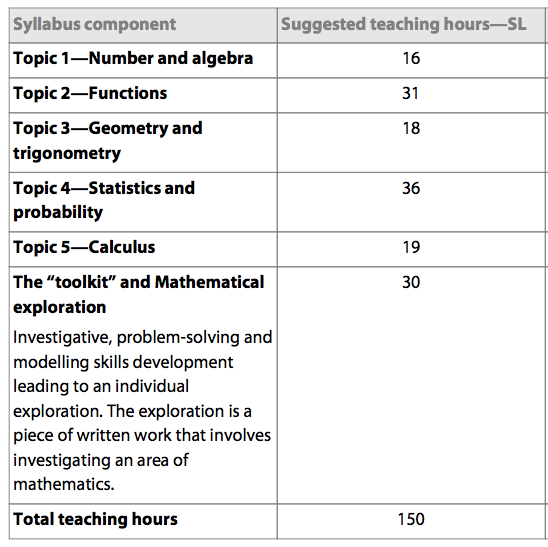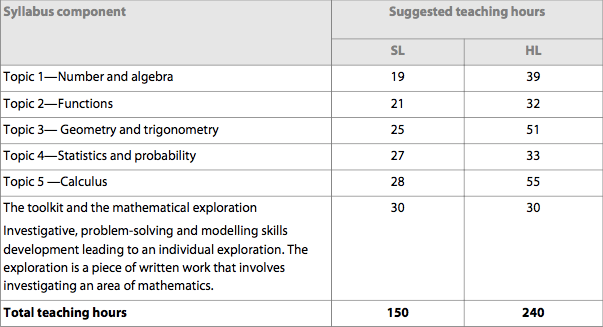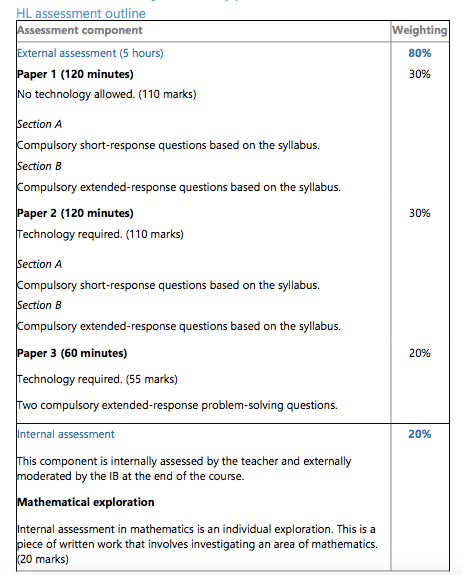Introduction
The IB Biology course provides a body of knowledge on basic biological topics and some recent advances. It is hoped students will acquire scientific facts, terminology and methods of presenting scientific information and, at the same time, develop a broad, general understanding of the principles of Biology together with experimental and investigative scientific skills.
Throughout the course there will be emphasis on understanding the living world at all levels of organization, from the cell and its molecular structure to the interactions between living organisms and the environment that form the ecosystem dynamics.
Course Content
Apart from the theory taught in class, the course includes a large proportion of practical experimental work in the form of activities or investigations.
1. Theory:
There are 6 core topics for both Standard and Higher Level students:
- Cell Biology
- Molecular Biology
- Genetics
- Ecology
- Evolution and Biodiversity
- Human Physiology
Additionally, there are 5 topics for Higher Level students only (AHL):
- Nucleic acids
- Metabolism, cell respiration and photosynthesis
- Genetics and Evolution
- Animal Physiology
- Plant biology
Students must also study 1 further option. The option would be chosen among the topics: Neurobiology and Behaviour, Biotechnology and Bioinformatics, Ecology and Conservation or Human physiology. Higher Level students have additional material in each option.
2. Practical Work:
Different investigations and activities will be carried out during the two-year course. These may include in-class activities, short experiments and experimental projects in the lab, computer simulations, analysis and processing of data from databases, data gathering through questionnaires or surveys and fieldwork.
Course Assessment
Students’ progress will be continuously evaluated on the basis of class participation, diligence and performance in written assignments, quizzes and revision tests. Written work is assessed against criteria specified by the IB.
The final Diploma grade in the subject is determined by two assessment components:
Internal assessment: Individual investigation and Group 4 Project
This component is internally assessed by the subject teacher and externally moderated by the IBO. The grade awarded comprises20% of the final IB Diploma grade. It consists of an Individual investigation and an interdisciplinary science project, known as the Group 4 project.
The individual investigation is a scientific investigation performed by the student on a topic covered by the course. The assessment of the investigation will be based on 6 criteria including personal engagement, exploration, analysis, evaluation and communication. It should be 6-12 pages long.
The Group 4 project is a collaborative experience where concepts across the Group 4 science disciplines are shared. Students choose a broad topic that will then be investigated in each of the science disciplines. The emphasis is on the sharing of ideas, on the planning of investigations and on working successfully within a team.
External assessment: Written examinations
The final written examination takes place in May of the second year and comprises 80% of the final IB Diploma grade. It is externally assessed by the IBO.
It consists of 3 papers:
Paper 1: multiple–choice questions testing core topics for SL students and both core and AHL topics for HL students.
Paper 2: Data-based and short-answer questions plus one extended response question from a choice of two at SL and two extended response questions from a choice of three at HL on the same topics as paper 1.
Paper 3: Short-answer questions based on experimental skills and techniques, analysis and evaluation on experimental data in section A, along with short-answer and extended-response questions from one option in section B.
Progression - Usefulness
Biology is required for a carrier in medicine, paramedical services, veterinary medicine, nursing, dietetics, pharmacy, biotechnology, psychology, food and drugs industry, agriculture, conservation, environmental studies, teaching or performing experimental research. Various areas of research in biology are extremely challenging and many discoveries remain to be made!
Most universities offer courses in Biology and related subjects such as molecular and cell biology, genetics, applied biology, ecology, marine biology, human biology, physiology, biochemistry, zoology, environmental science and many others.
Biology is also a very worthwhile subject for those not intending to follow a scientific carrier because it provides knowledge of how our body functions and how it interacts with the environment and other living organisms. It is important to be aware of these interactions at a time when a growing human population is placing a great pressure on food supplies and on habitats of other species, threatening the planet we live on.
Download the subject guide
ΠΕΡΙΣΣΟΤΕΡΑ






